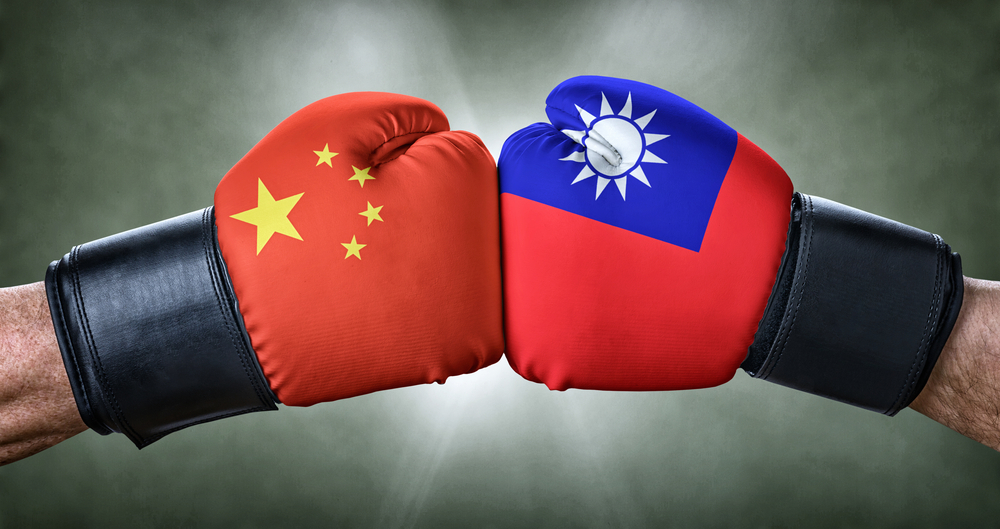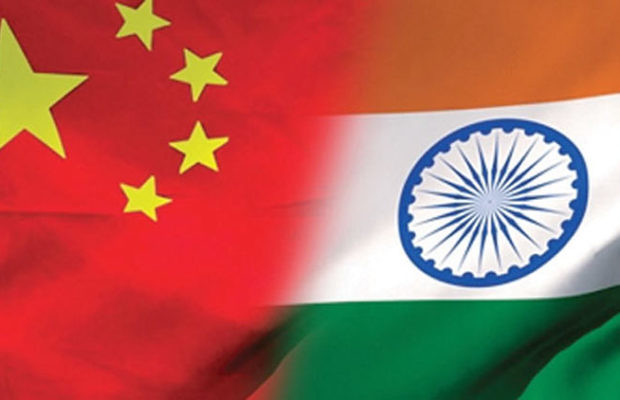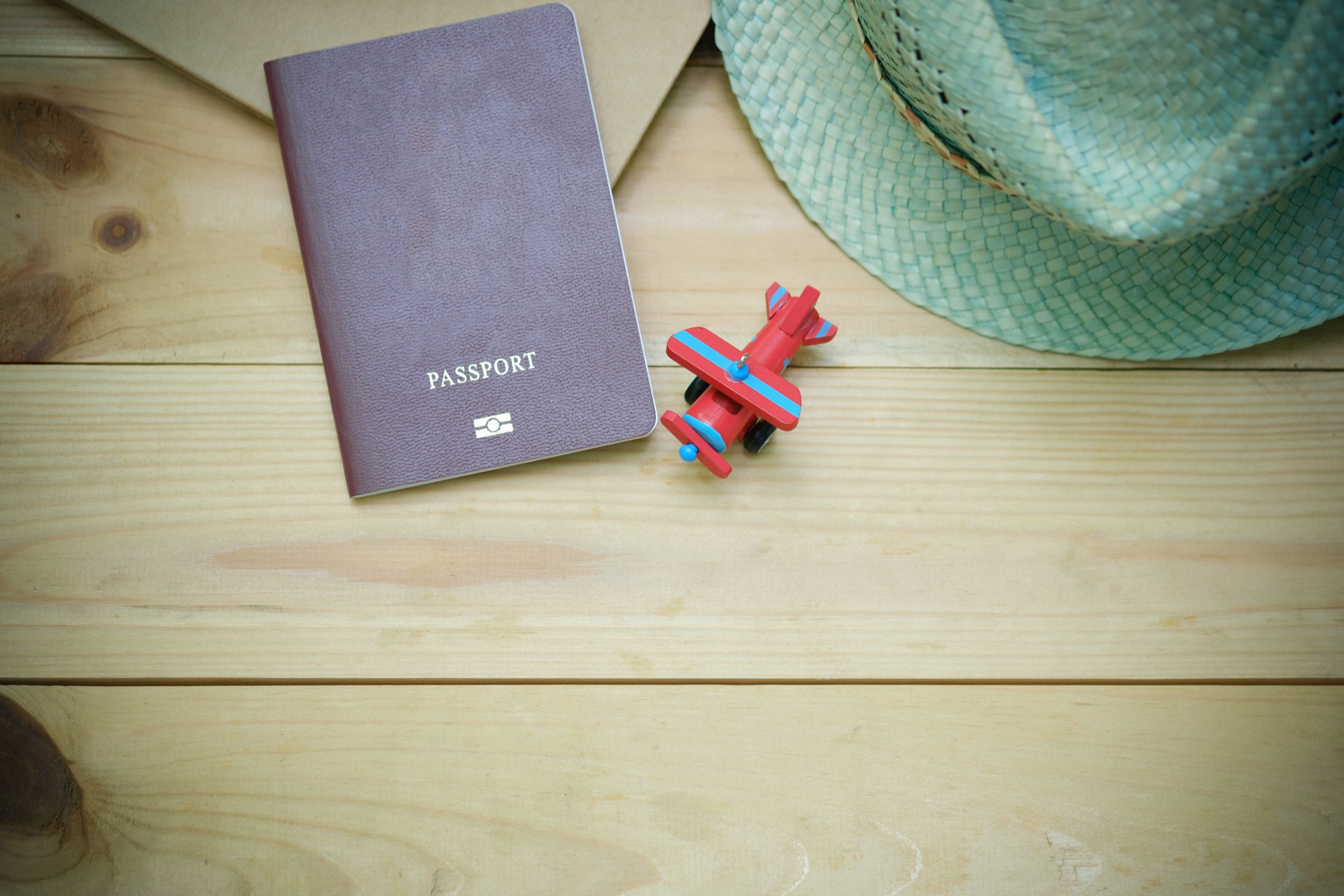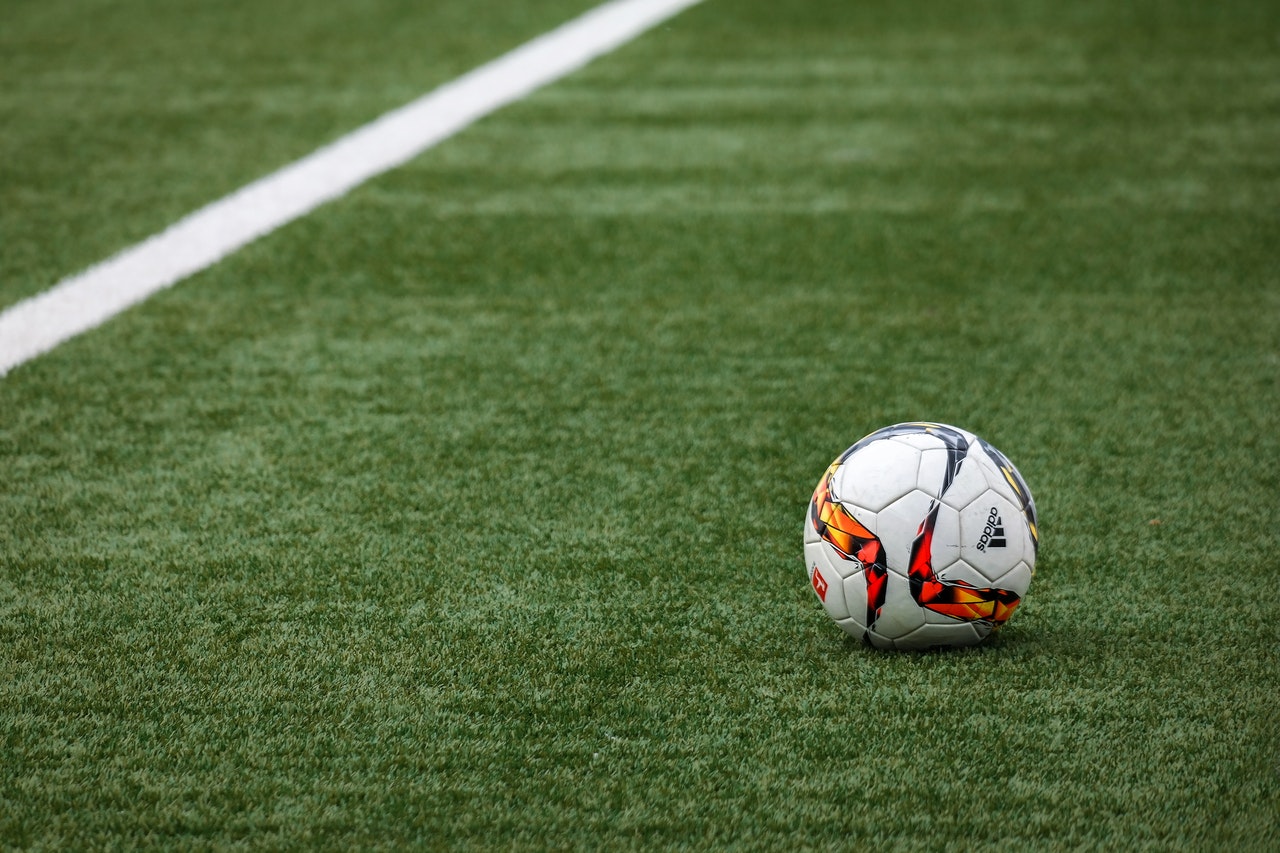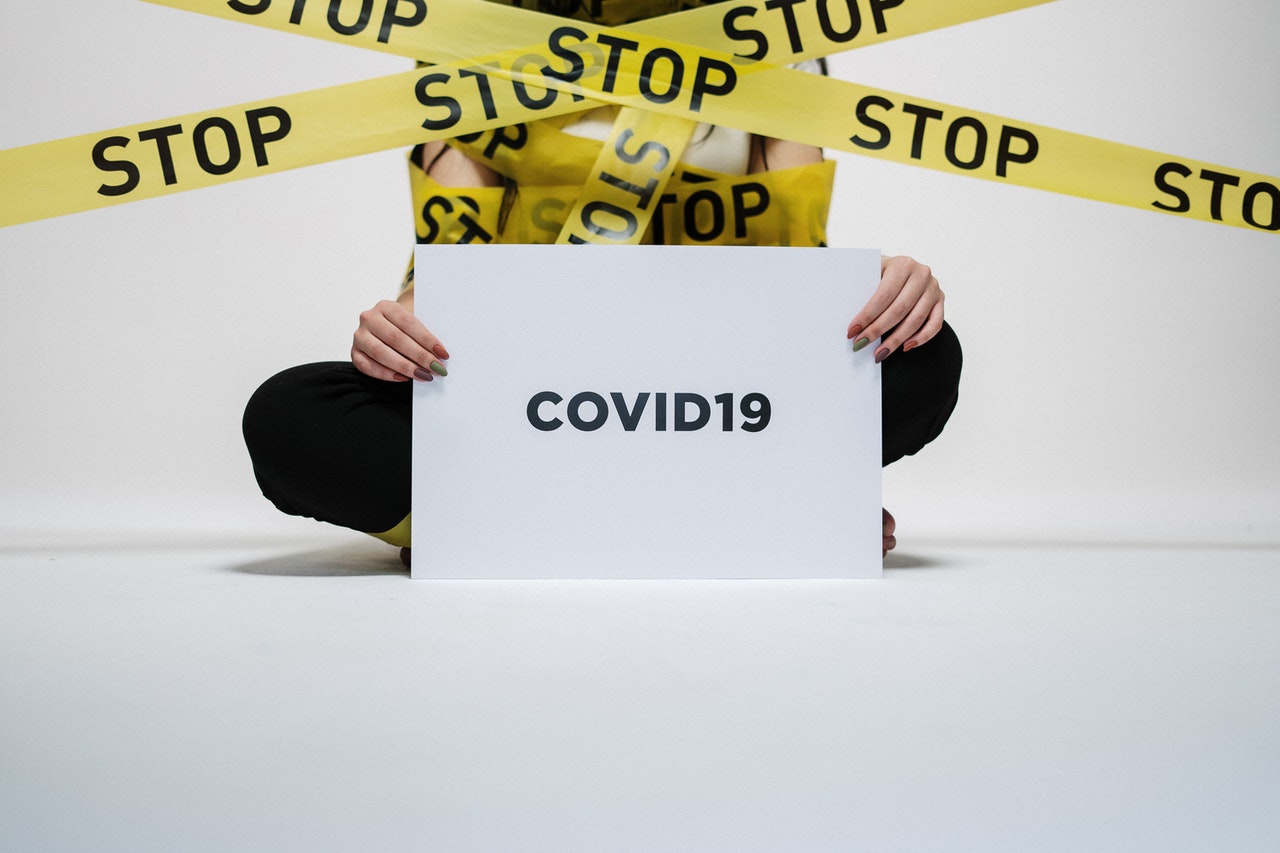Reading Time: < 1 minutes
- The Philippines was ruled by Spain for 333 years (1565-1898) before America acquired it after defeating Spain in the Spanish-American war in 1898.
- Under the Americans, the Filipinos absorbed the American culture through education and learned the English language.
- At the same time, the war-torn country was hit by famines and epidemic outbreaks (cholera, malaria, etc.)
- Soon, there was a shortage of American nurses in the Philippines and local Filipino women were recruited to become Volunteer Auxiliary Contract Nurses (VACN).
- These VACNs and other qualified students were sent to the United States as pensionados (government-funded scholars) to study nursing.
- After returning these nurses became influential members in the Philippine society and helped set up several nursing schools from 1903 onwards.
- Due to their success, many others went to be educated in nursing in the US (both government and self-funded) and a good number stayed in the US permanently.
- During WWII, Filipino nurses, familiar with the American ways and comfortable with the English language, played a major role in helping wounded soldiers.
- With a positive image and cost-effectiveness, Filipino nurses became a huge draw for other developed countries (Germany, Ireland, UK), which started hiring them instead of training their own nurses.
- Because nursing offers good incomes in developed countries (Registered Nurses could earn more in a day than they’d make in a month in the Philippines), many young aspirants pursue it as a career with the hope of moving abroad.
- Also, Overseas Filipino Workers (OFWs) are considered valuable assets in the Philippines as they send huge sums as remittances back home (in 2019, remittance worth US$ 33.5 billion was sent by OFWs).
- So, the government backs them and in the last 10-15 years, persistent production of ‘nurses for the foreign market’ has been the country’s strategy to develop an export industry for economic development.
- This strategy is argued to have created a shortage of local nursing staff; of all employed Filipino Registered Nurses, roughly 85% work overseas, and a shortage of 23,000 nurses was reported during the country’s struggle with COVID-19.
Image courtesy of Artem Podrez through Pexels







